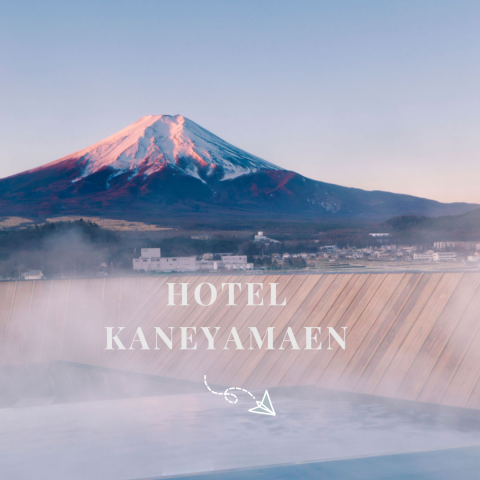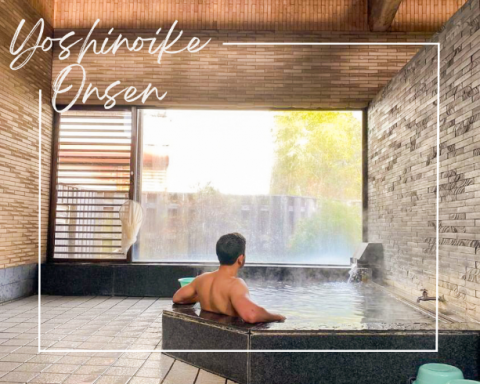Main content starts here.
Deep in the forests of Hayakawa, Yamanashi, there is a small village split between the foot and peaks of Mount Fujimi. Today we took the 15 minute ride to the top and experienced first-hand, the history and culture of the town dubbed "the Machu Pichu of Japan."
Village of Mogura
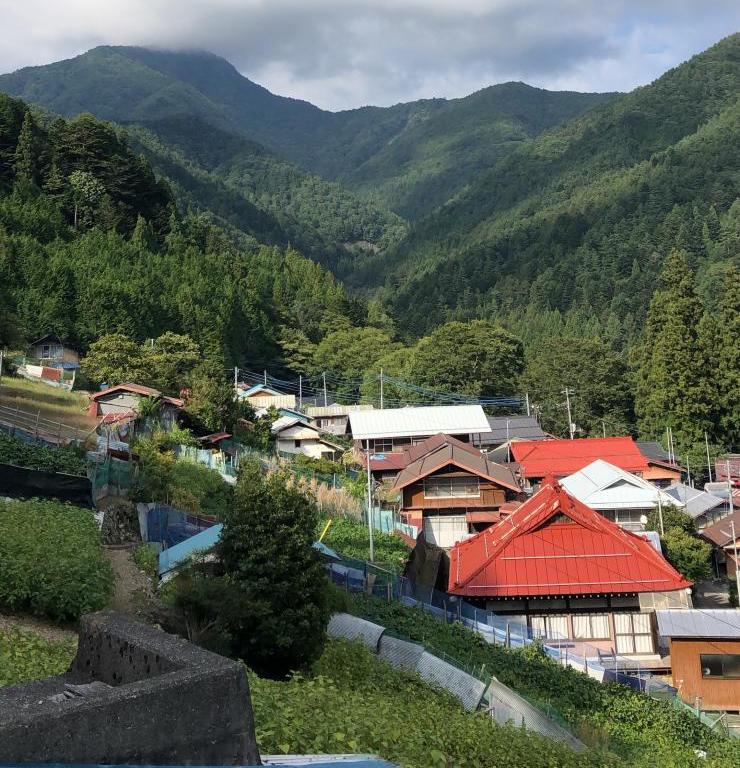
▲Northern village of Mogura in Hayakawa
Our trip up to the village at the top of the mountain, Mogura, was aided by a tour guide from Healthy Misato Tours, who just happened to reside in the lower half of the village (Arakura).
Hayakawa Nature Tour
Once we made it to the top, we met an elderly woman who is endearingly referred to as "Reiko-Sensei" by all the upper and lower village residents. After chatting for a while, she brought us on a brief walk up to the community center where we had a feast for lunch. We were able to enjoy both a boxed lunch prepared by our tour guide, with vegetables grown right here in Hayakawa, as well as additional side dishes prepared by Reiko-Sensei from her own garden. It was all very delicious and as we watched Reiko-Sensei prepare the food for us, we couldn’t help but think "Ometenashi, Yamanashi."
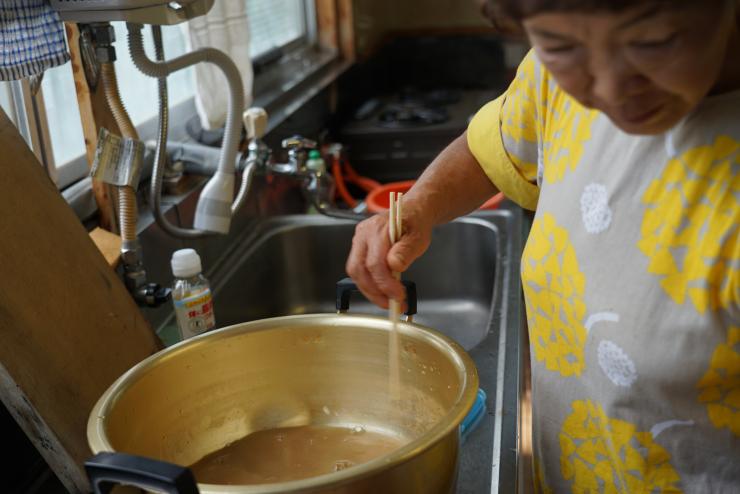
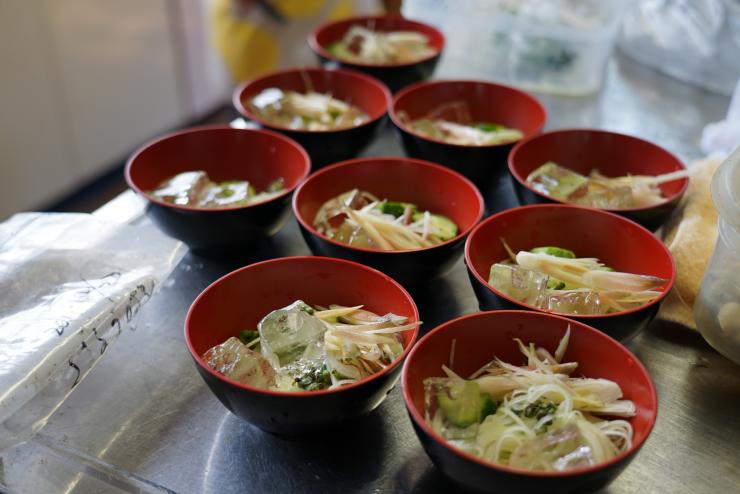
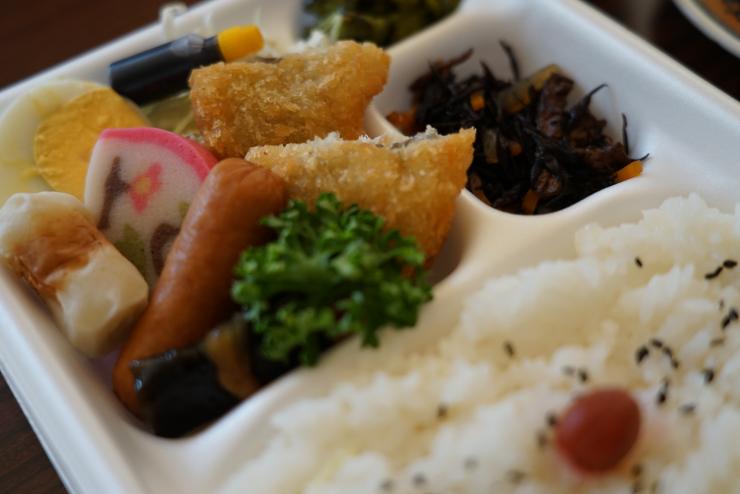
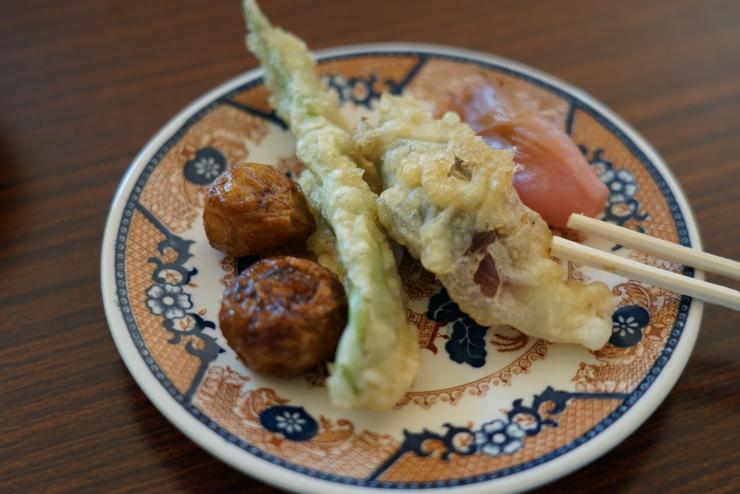
After enjoying such a big meal, the energy was happily drained from each of us, or at least until we heard a somewhat familiar tune coming from the loud-speakers outside. All of my group, except for me, then quickly dashed out of the door. No, it wasn’t an ice cream truck. The music was coming from a traveling green grocer. The upper-half of the town only has 17 residents, so you cannot find a grocery store unless you go down the mountain. So to help provide upper-residents with food resources, a truck drives around regularly selling fresh food out of its trunk.
Unfortunately, I had caught a cold that morning and was in no condition to rush out the door. So I ended up staying back with Reiko-Sensei and our guide. It didn’t take long for Reiko-Sensei to notice I had caught a cold, and so she kindly prepared two drinks especially for me. One pink-ish drink was a hot tea made with pickled bamboo root and hot water. Even though I’m not a fan of tsukemono (pickled dishes) I was reminded by Reiko-Sensei that nutritional value comes before taste. I'm starting to understand just why this kind lady is proudly heralded as "Sensei" by all the residents! The second drink however, was much more to my liking. This one consisted of a couple of teaspoons of Hayakawa-produced honey melted into some hot water, and it was absolutely delicious!
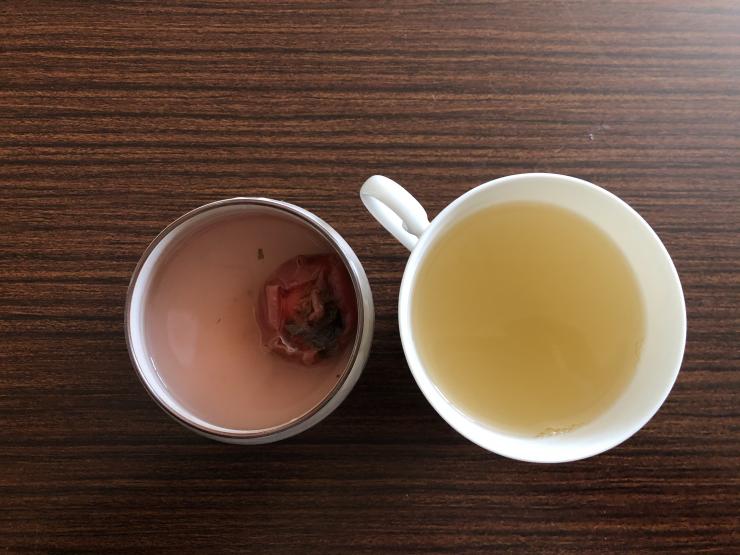
▲Pickled bamboo root (L), honey(R)
Looking back, I’m kind of glad I was feeling under the weather at the time. Thanks to being sick, not only was I able to enjoy the delicious Hayakawa honey, but I was also able to hear from Reiko-Sensei and our guide about how the upper-residents manage to remain so healthy. Despite being older, Reiko-Sensei was about as energetic as a spring chicken and noted with pride that she is the youngest resident of Mogura Village. What's more, this small village doesn't have a doctor's office either. It takes 15 minutes to get to the bottom of the mountain and another 45 to get to the nearest hospital. So, in the event of an emergency, unfortunately, they would likely succumb to death before an ambulance could even arrive.
Due to this, the elderly of the town all strongly rely on one resident (whose name unfortunately I was unable to catch), and although he holds no degree in medicine and has never practiced as a doctor before, everyone goes to him for medical advice. According to Reiko-Sensei he is so good at what he does that with just one look, he could tell you what your problem was and which medicinal herbs you would need to take to get better. Clearly, he knew what he was talking about, as the village's youngest was this bright and healthy lady in her 70s!
After talking for a while, our group returned from their little shopping trip outside of the community center. I had started feeling much better from the honey I received from Reiko-Sensei, so I was ready for the walking tour we had planned to explore the village. As we walked around, we were immersed more and more into the stories of the village. One thing I found out was that not only is Hayakawa honey rather famous, but it’s also quite expensive. No wonder it was so delicious! But it was also quite interesting to find out that despite this, the people of Mogura love bees and raise them like pets while freely harvesting honey as from them. That’s right, the honey I had earlier was harvested by Reiko-Sensei herself!
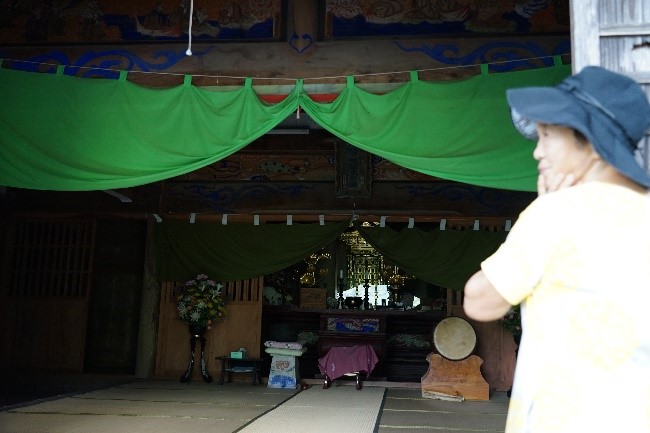
▲Shichimen-kan Temple
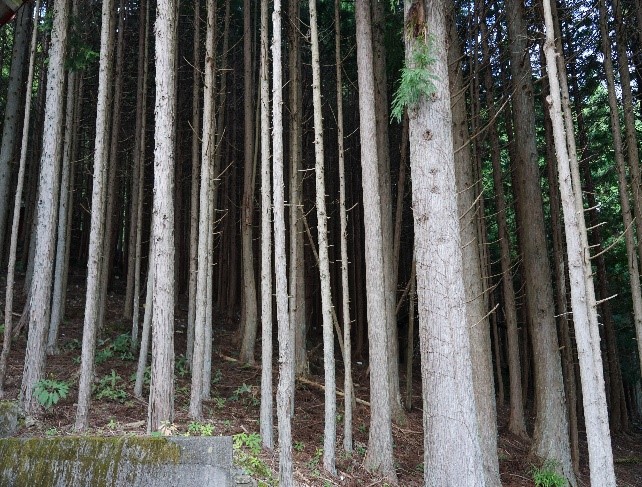
▲Forest behind the temple
Later on, we reached a small temple, which quite disturbingly, was where naughty children would get locked up and punished in the olden days. Reiko-Sensei said that even now she gets a little scared when she passes by the area. But surprisingly, the temple grounds were also used as a field for sports meets held by the local elementary school and there was even a small pool at the foot of the shrine (although it is now used primarily as a part of the area's irrigation system).
In fact, the one school they have was turned into a community center, so now when children in the lower-village reach school-age, they travel to a neighboring, more populated town. When asked why such an area like this was populated in the first place, Reiko-Sensei told us that when it was first founded, hundreds of years ago, the Hayakawa River was prone to flooding and extremely dangerous. Thus, as a countermeasure, they decided to build the settlement on the highest peak they could and since then the settlement has continued on. However, during Japan’s Taisho Period (1920s) along with the calming of the Hayakawa River, the lower-village was established and promptly inhabited by those who felt inconvenienced by living on the top of the mountain. Unfortunately, this shift marked the beginning of what is most likely an approaching end to Mogura Village. And seeing all of the village residents are over the age of 70, it will most likely end with this generation.
I personally love history, so walking through the streets of Mogura and hearing stories first-hand from one of its residents was truly an experience of 'living history.' If you ever have a chance, I highly recommend it as there really is a plethora of things to be learned from Reiko-Sensei and the other townspeople.
Thank you Reiko-Sensei for such a wonderful experience!
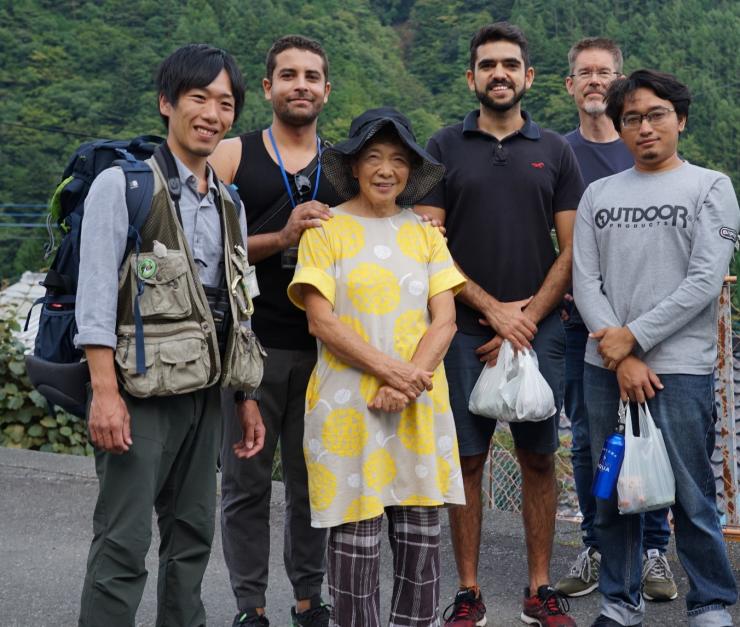
▲Guide (far left) and Reiko-Sensei (in yellow)
More Info
Minami Alps Eco Village (Healthy Misato)
Tel: +81-556-48-2621
E-mail: info@hayakawa-eco.com
Website: http://www.hayakawa-eco.com/misato/
Published on
- April 14, 2022
Share
-
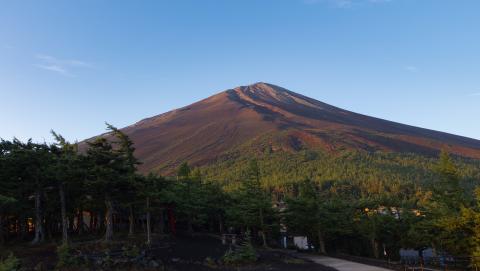
Fuji Subaru Line 5th Station & Mt. Fuji Travel Guide
March 3, 2025
Home of Mt. Fuji > Staff Journal > Hayakawa Nature Tour
